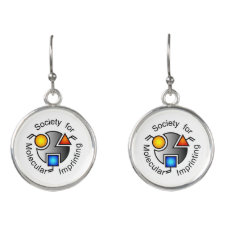
Authors: Asgari S, Bagheri H, Es-haghi A
Article Title: Imprinted silica nanofiber formation via sol-gel-electrospinning for selective micro solid phase extraction.
Publication date: 2018
Journal: New Journal of Chemistry
Volume: 42
Issue: (16)
Page numbers: 13864-13872.
DOI: 10.1039/C8NJ01818A
Abstract: Sol composition and ripening conditions are two important parameters in silica fiber production through the conventional sol-gel process. In the current study, silica nanofibers were successfully obtained via the electrospinning technique, and sol-gel formation occurred during this process. Based on previous reports, with the aim of increasing the selectivity, we used the molecular imprinted methodology to produce a selective medium via sol-gel electrospinning. In this process, sol-gel was formed during electrospinning and then, the backbone polymer was removed by heating. To obtain a thin layer of silica nanofibers, the influencing parameters such as backbone polymer types, imprinting time and the components ratio were explored. The data obtained from Fourier transform infrared spectroscopy and thermogravimetric analysis revealed that the polyamide moiety was removed after heating. Also, the scanning electron microscopy images indicated the geometry of the silica nanofibers before and after heating. The extraction efficiency of the electrospun silica nanofiber mat was compared with the same silica precursor sol-gel produced by bulk and electrochemical approaches. The data obtained from the online micro-solid phase extraction-liquid chromatography analysis demonstrated the superiority of the electrospun silica nanofibers. After optimizing the entire procedure, the method was validated. The linearity of the analyte is in the range of 6-400 μg L-1, while the LOD value is 1.8 μg L-1 and the inter- and intra-day RSDs% are less than 9.6%. The method was conveniently applied to the spiked and un-spiked Zayanderood river, garden stream, and tap water samples with relative recovery percentages of up to 109%
Template and target information: atrazine



Join the Society for Molecular Imprinting

New items RSS feed
Sign-up for e-mail updates:
Choose between receiving an occasional newsletter or more frequent e-mail alerts.
Click here to go to the sign-up page.
Is your name elemental or peptidic? Enter your name and find out by clicking either of the buttons below!
Other products you may like:
 MIPdatabase
MIPdatabase









